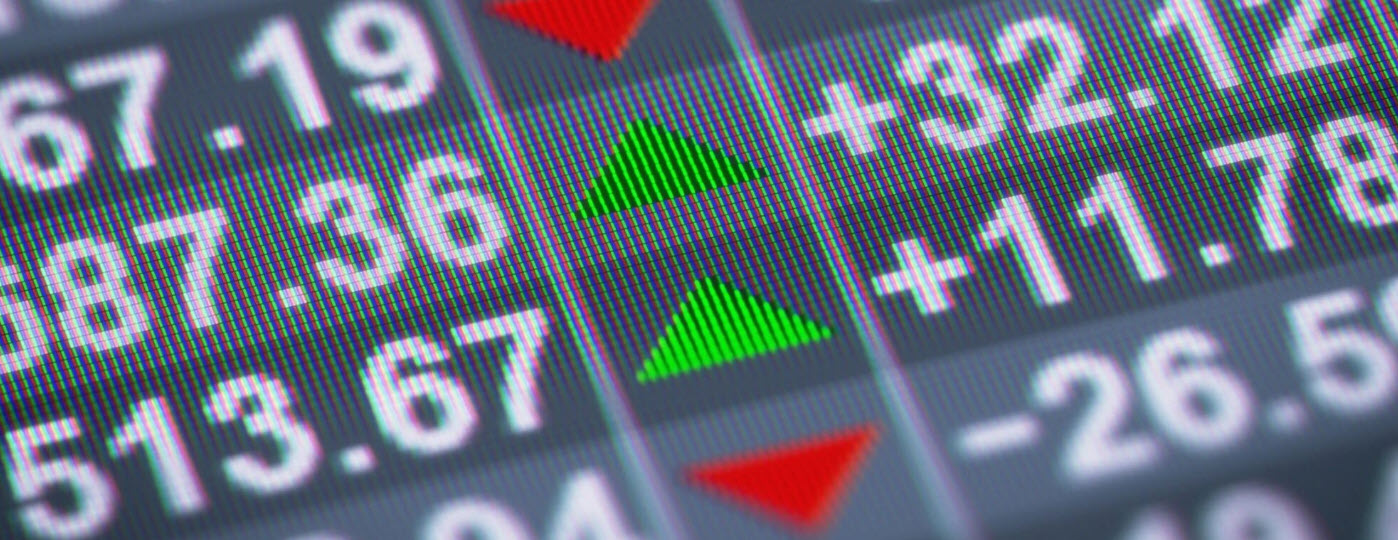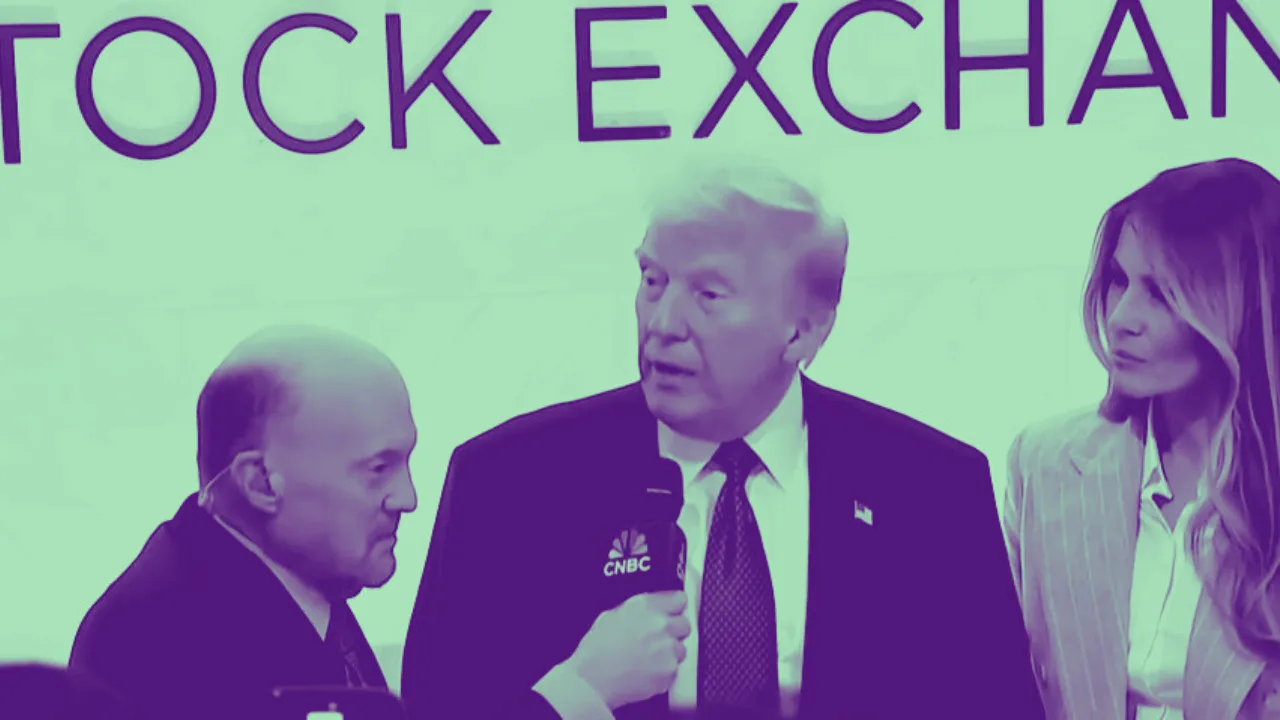Silicon Valley Bank: What Became of It?
A significant bank that primarily catered to the venture capital industry was known as Silicon Valley Bank. It was a relationship bank that specialized in offering its services to high-net-worth people and organizations operating in specialized markets, such as the biotechnology and technology sectors.
In recent years, the bank has experienced tremendous expansion as a direct result of the surge in venture capital. This resulted in the bank receiving a substantial number of fresh deposits, which the bank then used to purchase bond securities that offered a poor rate of return. The steep drop in value of these bond instruments can be attributed to the significant increase in interest rates that has occurred over the past 18 months. During this time, the bank lost a significant portion of its deposit base as a direct result of the declining fortunes of the venture capital industry. As a consequence of all of this, Silicon Valley Bank’s balance sheet contained an opening that the bank was unable to cover.
In the end, financial supervisors from the government took control of Silicon Valley Bank late last week. Although it is highly likely that stockholders of the bank will lose most or all of their investment, the government provided a safety net for all of the bank’s depositors, including those whose deposits above the standard level that the FDIC sets for bank insurance.
What exactly does the FDIC do? What Effect Does It Have?
The Federal Deposit Insurance Corporation, also known as the FDIC, is an agency of the United States government that was established in 1933 as a response to the widespread failure of financial institutions that took place during the Great Depression.
The FDIC is able to carry out its duties thanks to the premiums paid by member banks. They act as a safety net to guarantee the balances of all accounts held in banks that are insured by the FDIC up to a predetermined limit, which is presently $250,000. This insurance covers the following:
- Checking accounts
- Savings accounts
- Money market accounts
- Negotiable Order of Withdrawal accounts
- Certificates of deposit (CDs)
- Cashier’s checks, money orders, and other official items issued by a bank
The guarantee is applicable to all bank accounts held in the United States, despite the citizenship or residency of the person holding the account.
In the event that a bank fails, the FDIC will reimburse any account holder for losses up to the maximum allowed amount of $250,000. Since the beginning of the company’s operations, not a single depositor has ever had to suffer a loss of even one dollar in one of their FDIC-insured accounts.
What Occurs If You Have More Than Two Hundred Fifty Thousand Dollars in the Bank?
In the case that a depositor has more than $250,000 in a failed bank, the excess monies will normally form a claim against the failed bank. After the assets of the bank have been liquidated, the bankruptcy estate will make payments to all unsecured creditors, including anyone who has deposits that are greater than $250,000, to the extent that there are funds available. Large depositors often have a better chance of eventually getting most or all of their money returned, although there is uncertainty and the possibility of a significant wait before this happens. Because of this, it is typically prudent to steer clear of having uninsured deposits at a bank in the event that something unfavorable occurs.
As a result of the ongoing bank run, the Federal Deposit Insurance Corporation (FDIC) implemented emergency measures to guarantee all deposits at SVB and Signature Bank. This included deposits from uninsured accounts.
It would appear that this has led to the concept of providing an implicit guarantee for deposits that are greater than $250,000, at least until the current crisis of confidence runs its course. Having said that, it is essential to be aware that the FDIC has not officially modified its policy or guarantee criteria, and depositors who have more than $250,000 still face the possibility of having some of their money stolen from them in the event that a bank fails.
Should I Withdraw Money From My Bank Account?
It should not be necessary for customers who have deposits that are less than the maximum amount that the FDIC will cover, which is currently $250 000, to take money out of the bank. Depositors have never been let down by the FDIC guarantee in its 79 years of existence to date, as was previously indicated. It is reasonable to anticipate that the government will do everything in its power to ensure the safety of bank deposits because this aspect of the financial system in the United States is of the utmost importance.
However, for depositors who have money that are greater than the insured maximum, it may be smart to investigate alternate solutions for those monies that are greater than the limit.
Where is the most secure location for me to put my money at the moment?
There is a wide selection of storage options available for monetary assets. These are the following:
- Accounts for savings, checking, or investing in the money market (up to $250,000 per bank).
- Certificates of Deposit (with a maximum deposit amount of $250,000)
- brokerage accounts (with balances up to $250,000; for more details, see below).
- Bills and bonds issued by the Treasury.
- ETFs based on Treasury bonds
There is a large number of different assets that carry extremely minimal levels of danger; but, those five are wonderful possibilities for ensuring one’s entire safety.
How to Analyze and Evaluate Several Treasury Bond ETFs
Treasury bond exchange-traded funds are one of the most advantageous solutions for huge sums of money because investing in them can be less complicated than opening a multitude of bank accounts in order to store a significant amount of cash.
Investors often focus on fees as the deciding factor when choosing between various treasury exchange-traded funds (ETFs) because government bonds have a tendency to be fungible and deliver the same return for a given tenure. Under the current market conditions, liquidity and the bid-ask spread are both important factors to take into consideration.
Is It Risky To Maintain Cash Within A Brokerage Account?
The Securities Investor Protection Corporation provides insurance for brokerage accounts with a maximum limit of $500,000 per account (SIPC). This covers protection for up to two hundred and fifty thousand dollars in cash that is not invested. Up until this point, the investors’ funds are shielded from any risk whatsoever. After then, additional caution might be in order, depending on the sort of account you have and the brokerage you use.
However, keep in mind that in addition to the government guarantees, some brokers maintain their own private insurance policies. For example, Charles Schwab insures the assets of its customers through Lloyd’s of London, bringing the total amount of cash that is guaranteed up to $1,150,000. Customers of Charles Schwab who have been concerned about the company’s financial condition in recent days may find this to be a source of solace.
Does Cash That Is Not Invested in My Brokerage Account Generate Interest?
This fluctuates depending on the brokerage as well as the environment of interest rates in general. Yet, in general, brokers have a tendency to pay relatively low interest rates on capital that is sitting idle.
In point of fact, this is a substantial component of the business plan for the brokerage. It is especially important for brokers to diversify their revenue streams since that they are no longer required to collect commissions on many different kinds of trading. One of methods is by using the money from the customers to purchase investments with a greater yield and then pocketing the difference as a profit. For example, a broker may only pay the account holder 0.5% interest on cash that is sitting idle while simultaneously purchasing a bond with a yield of 5% and thereby making 4.5% for itself.
Those that possess brokerage accounts who are aware of this fact, on the other hand, have the ability to replicate the deal and earn that interest for themselves, rather than allowing it to be earned by the broker.
It is possible to access a variety of options within brokerages, such as treasury bills, government bond exchange-traded funds (ETFs), or money market accounts, most of which tend to provide substantially greater interest rates than simply putting the funds in plain cash.
The Benefits Obtained from Diversity
Diversification is a technique that, in general, may be expected to provide profits across the board in terms of investment and finance. Expanding an investor’s exposure to a greater variety of options is almost never going to result in a loss for the investor.
Depositors, for instance, could have spared themselves a lot of hassle if they had their money spread out across several different financial institutions rather than keeping it all in one place. Someone who had one million dollars in their account at Silicon Valley Bank, for example, had a stressful weekend waiting to find out if their money was secure or not. On the other hand, if same money had been divided into several different pots of $250,000 each and held in checking accounts at a number of different banks, there would have been significantly less cause for concern.
In a similar vein, many different financial companies got themselves into problems because they put too many of their eggs in one basket when it came to fixed income instruments. The sudden shift in interest rates brought up a significant number of complications.
When it comes to one’s personal finances, diversifying one’s holdings across multiple investment vehicles, such as FDIC-insured checking accounts, money market accounts, bond exchange-traded funds (ETFs), and treasury bills, may result in higher interest rates and a greater sense of financial security than keeping all of one’s money in a single type of account.





